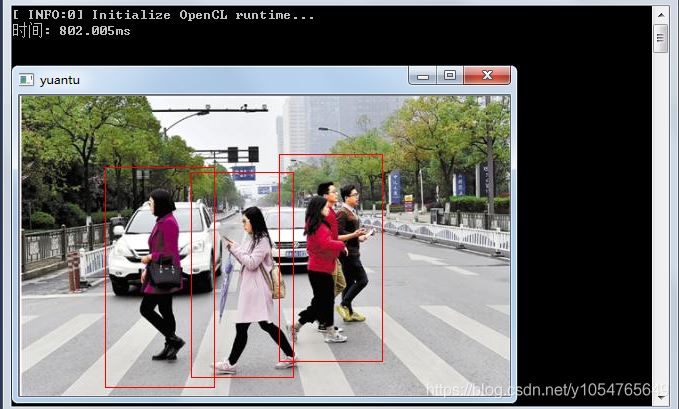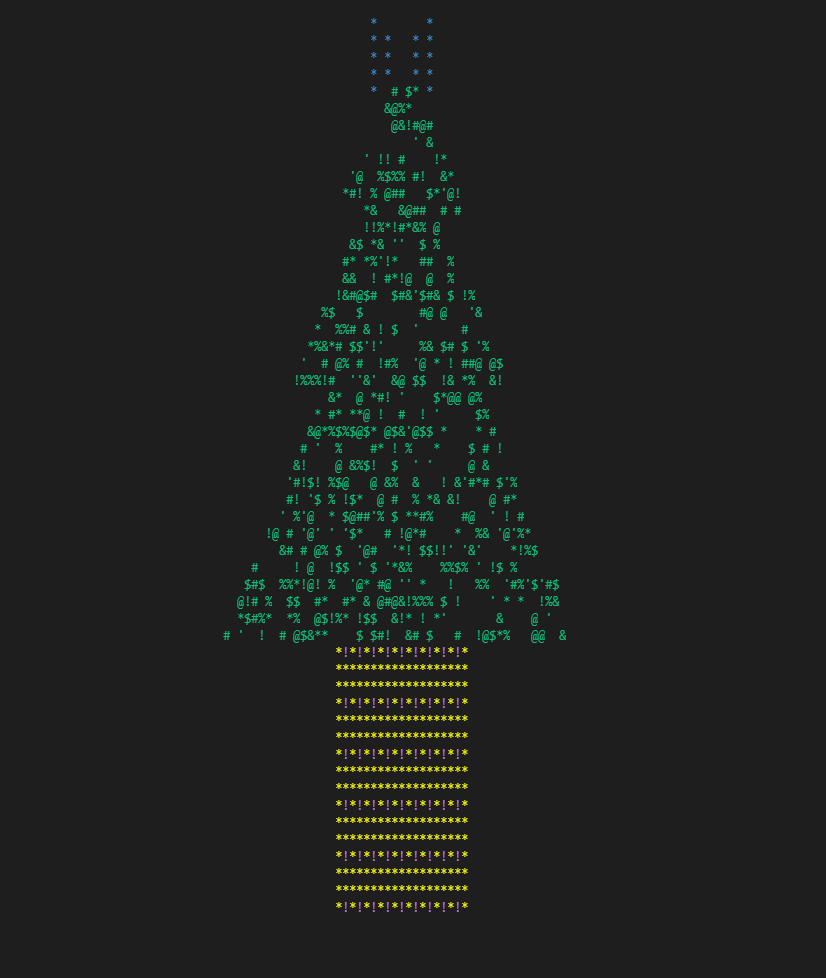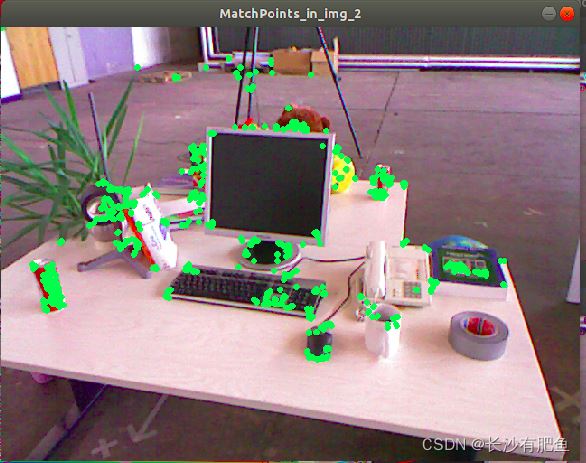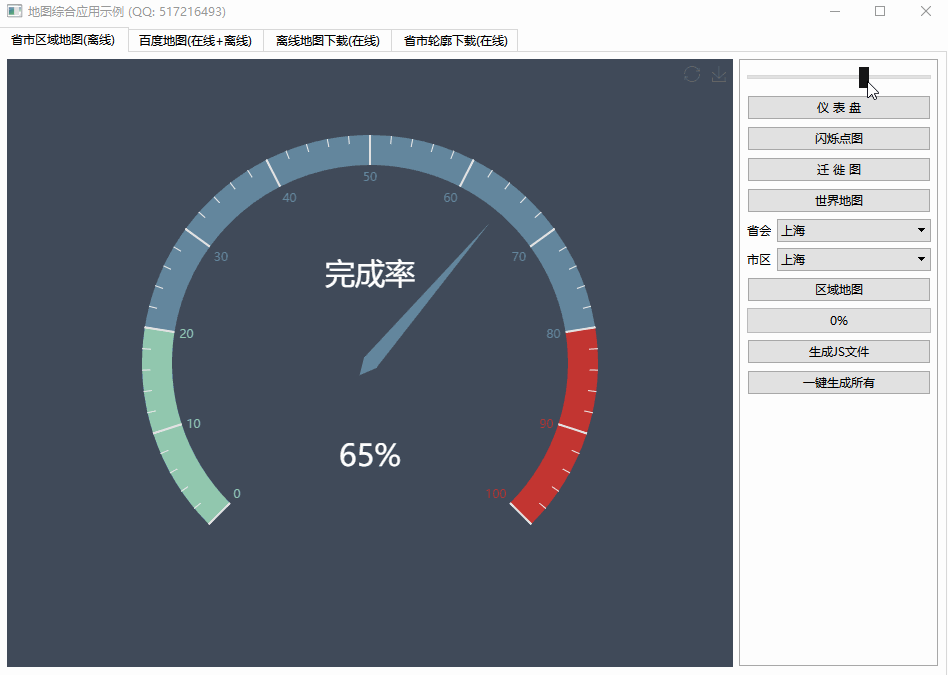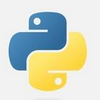What is the past-the-end iterator in STL C++?(STL C++ 中的最后迭代器是什么?)
问题描述
谁能解释一下past-the-end 是什么意思.为什么我们调用 end() 函数越过结尾?
Any one could explain me what is the meaning of past-the-end. Why we call end() function past-the-end?
推荐答案
begin() 和 end() 函数定义了一个半开range([begin, end)),意思是:
该范围包括第一个元素但不包括最后一个元素.因此,名称在末尾.
The functions begin() and end() define a half open range([begin, end)), which means:
The range includes first element but excludes the last element. Hence, the name past the end.
半开放范围的优势是:
它避免了对空范围的特殊处理.对于空范围,
begin()等于end().
它使迭代元素的循环的结束标准变得简单:循环简单只要没有到达 end() 就继续
It makes the end criterion simple for loops that iterate over the elements: The loops simply
continue as long as end() is not reached
这篇关于STL C++ 中的最后迭代器是什么?的文章就介绍到这了,希望我们推荐的答案对大家有所帮助,也希望大家多多支持编程学习网!
本文标题为:STL C++ 中的最后迭代器是什么?


- 与 int by int 相比,为什么执行 float by float 矩阵乘法更快? 2021-01-01
- 如何对自定义类的向量使用std::find()? 2022-11-07
- 使用/clr 时出现 LNK2022 错误 2022-01-01
- 静态初始化顺序失败 2022-01-01
- Stroustrup 的 Simple_window.h 2022-01-01
- 近似搜索的工作原理 2021-01-01
- C++ 协变模板 2021-01-01
- STL 中有 dereference_iterator 吗? 2022-01-01
- 一起使用 MPI 和 OpenCV 时出现分段错误 2022-01-01
- 从python回调到c++的选项 2022-11-16
